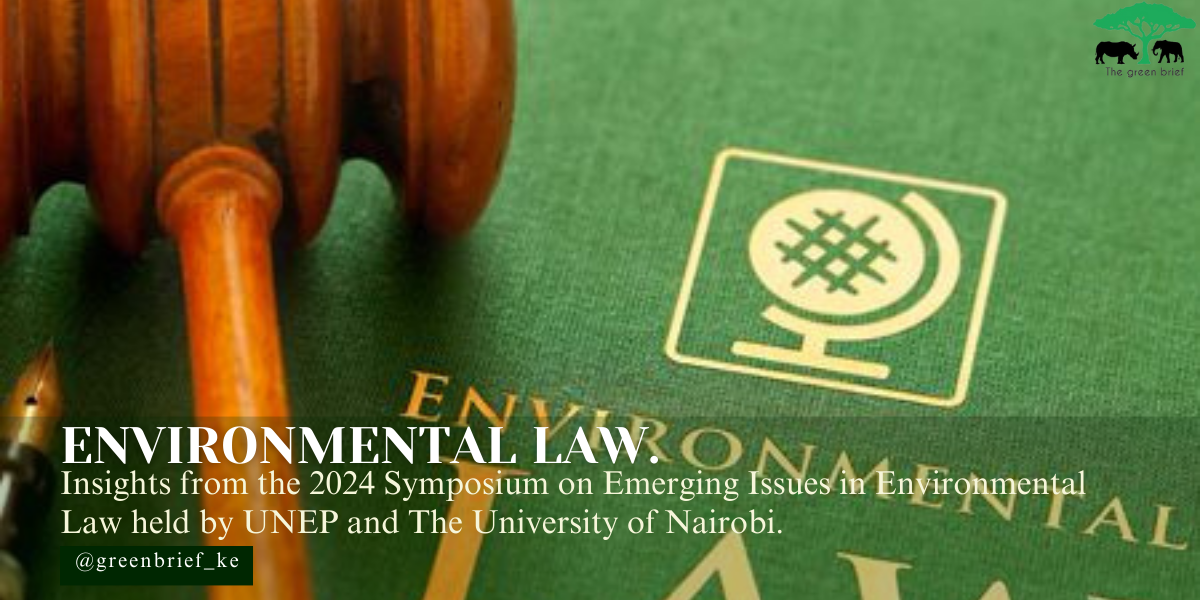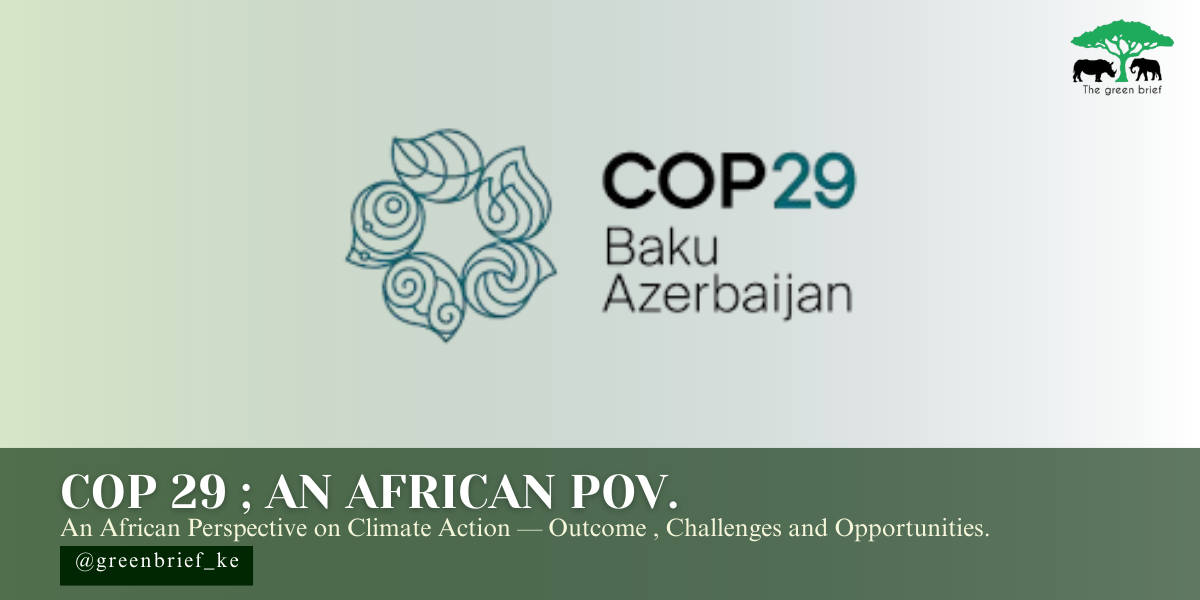In environmental and climate policy spaces to government commitment engagements you have probably heard of the words “Net Zero” being thrown around a lot. It sounds important, and it is, but what does it actually mean?
Let us break it down for you…
Net Zero means balancing the amount of greenhouse gases (GHG) that is produced and the amount that is removed from the atmosphere by reducing GHG emissions and only offsetting the residual. In simpler terms, it is about making sure we are not adding extra carbon dioxide and other warming gases into the air that traps heat and drives climate change. GHG or warming gases include but are not limited to carbon dioxide, methane, nitrous oxide, hydrofluorocarbons, perfluorocarbons, sulphur hexafluoride and indirect greenhouse gases. These emissions are primarily from the burning of fossil fuels such as coal, oil and gas which are used for generating electricity, transportation, industrial operations and many other uses.
So what do you really need to know? All you need to know and understand is at the heart of every discussion, the bottomline is creating a balance. So for instance, if you have a balancing scale and on one end you put all the types of GHG emissions we have outlined above and on the other end you put all the greenhouse gases that are removed from the atmosphere either through natural or artificial methods, then you should get to the point where both sides of the scale are in perfect balance. That perfect balance is now NET ZERO since we are not adding more greenhouse gases than we are taking out.
But then one may ask, does it mean there is an expectation that industries that emit greenhouse gases are expected to drop their emissions to zero? Well! The whole point about net zero is to reduce emissions so when we talk about balancing the scales, the first step is reduction and then for the impossible reductions or what we call “residuals” we balance. For example, in some hard to abate industries such as aviation, cement or steel it is nearly impossible to reduce certain greenhouse gas emissions to zero therefore, the idea for such industries is to reduce GHG emissions and then balance the residuals through offsetting the gases.
So how can such industries reduce as well as balance greenhouse gases emission?
- Reforestation – This is where entities invest in planting trees in areas where forests have been destroyed or damaged.
- Renewable energy – Entities have an obligation to reduce their carbon emission and thus this can be achieved by investing in renewable energy and replacing fossil fuels with solar, wind or hydro.
- Carbon Sinks – This is a system, whether natural or artificial, that absorbs more carbon from the atmosphere than it releases. Examples of natural carbon sinks include: oceans, forests, soils, wetlands and grasslands, Artificial carbon sinks are mostly technological such as the carbon capture which is used majorly by large industries to stop carbon pollution at its source by either locking it away underground or re-using it for other purposes.
Lastly, is “Net Zero” the same as “Carbon Neutral”? The simple answer is No. Net Zero lays more emphasis on first reducing GHG emissions as much as possible and only offsetting the unavoidable, as a matter of last resort while on the other hand, carbon neutral is limited to carbon emissions whereby it limits increase in carbon emissions by offsetting. Key differences are as follows:
| CARBON NEUTRAL | NET ZERO |
| Focuses only on carbon emissions | It covers all GHG emissions |
| Relies heavily on investing in carbon offsets in order to balance the emissions | Prioritizes reduction of emissions with minimal reliance on offsets |
| Allows for the continuation of significant emissions | Lays great emphasis on deep reductions in emissions across all operations |
| Easier and faster to achieve in the short term | Requires long term commitment and more substantial effort to transform operations |





